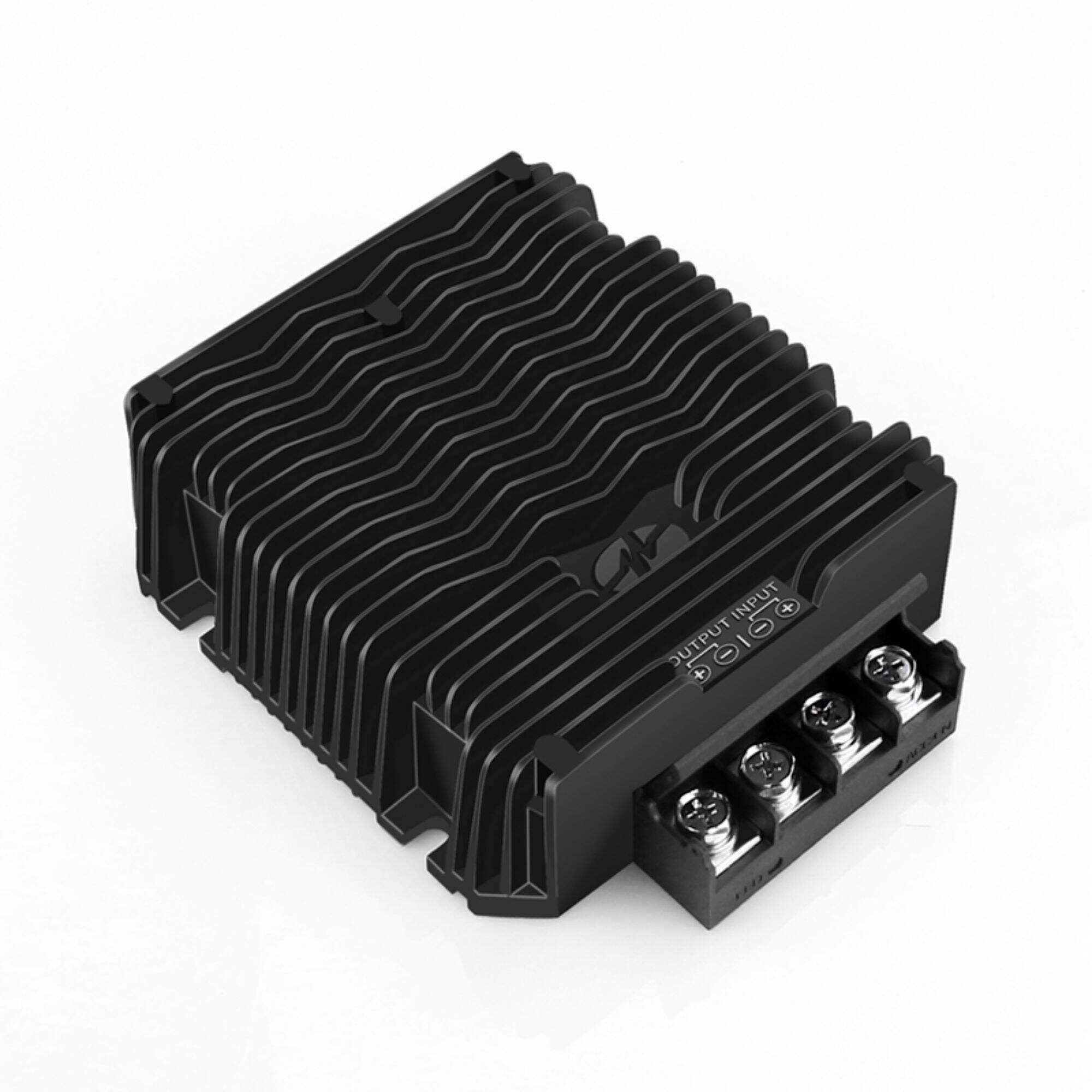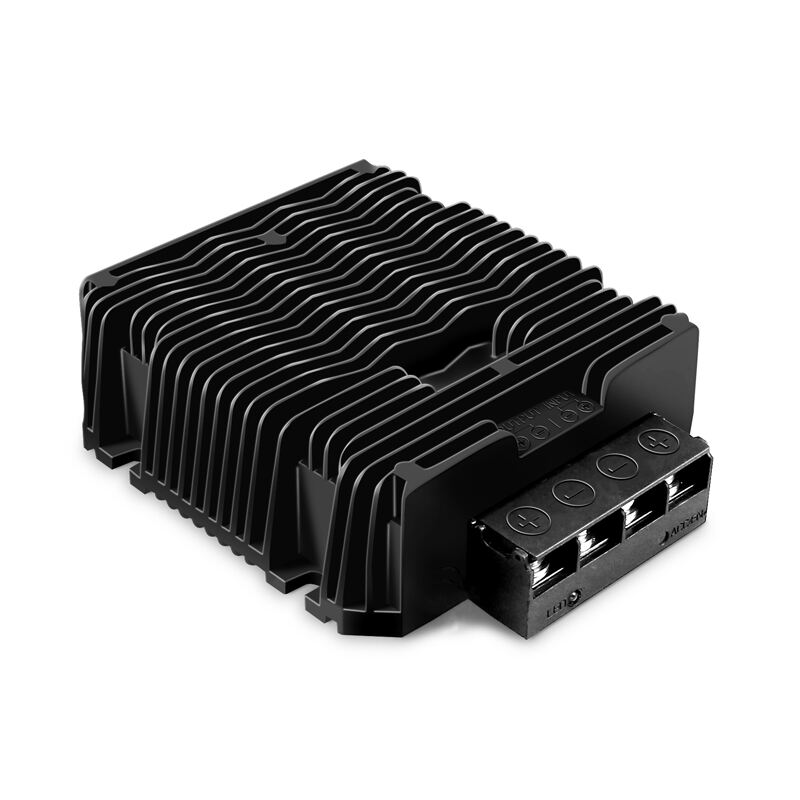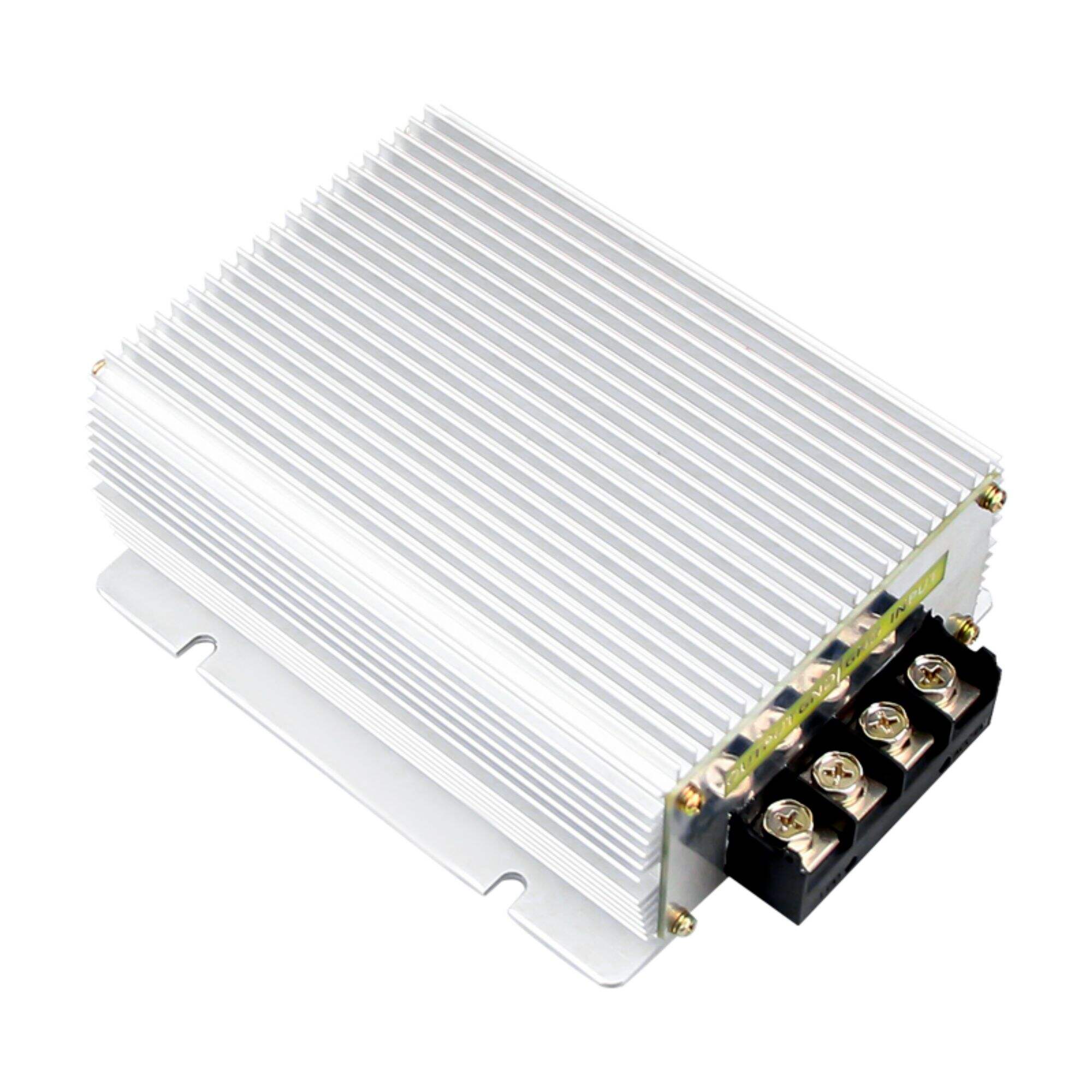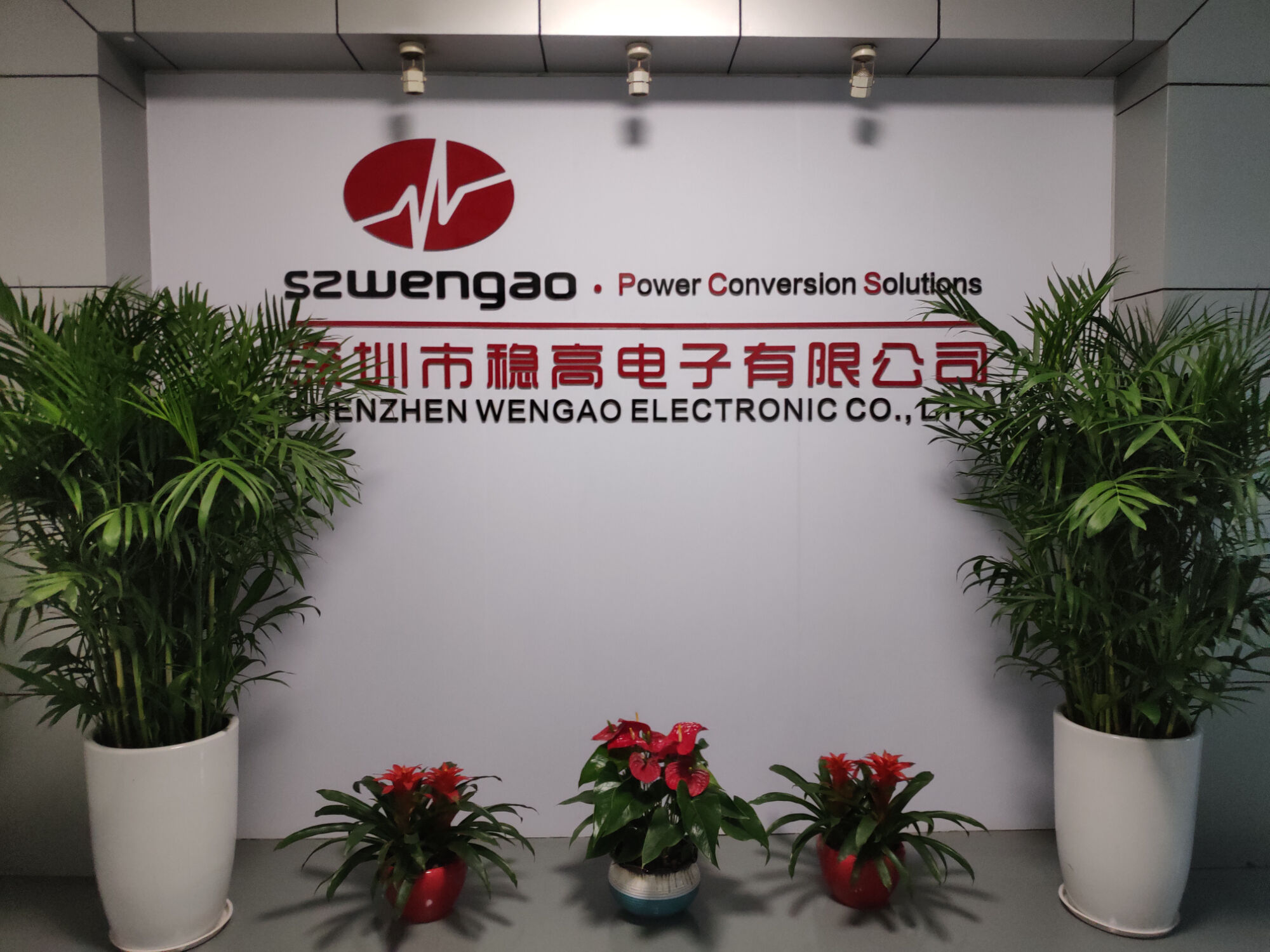All You Need to Know About DC-DC Battery Chargers
What Are DC-DC Battery Chargers?
Core Function of Voltage Regulation
DC-DC battery chargers are vital for regulating voltage levels, ensuring efficient charging processes. They adjust the input voltage to a stable output voltage, suitable for the battery being charged. This voltage regulation is crucial as it prevents delivering a voltage that exceeds a battery's maximum rating, which can cause significant damage or reduce lifespan. By maintaining a stable voltage, DC-DC chargers provide compatibility across various battery types and systems, making them indispensable in scenarios where different voltages come into play.
Role in Power Supply Systems
DC-DC chargers serve as critical components within power supply systems, especially in the context of renewable energy setups where maximizing efficiency is paramount. These chargers facilitate the conversion and storage of energy in systems utilizing solar or wind inputs, ensuring energy is optimally harnessed and stored. Beyond efficiency, these chargers enhance system reliability by delivering a consistent power supply even under fluctuating load conditions, making them ideal for diverse applications from grid stabilization to powering remote installations. Their role in ensuring a reliable and continuous power supply cannot be overstated, contributing significantly to the overall efficacy of power supply systems in varied environments.
How DC-DC Battery Chargers Work
Step-Down Conversion Process
DC-DC battery chargers utilize a step-down conversion process where high input voltage is efficiently reduced to a lower output voltage optimal for charging. This process is especially important in applications like electric vehicles and battery-operated devices which need a stable, specific voltage. Typically, these chargers employ switching regulators, a technique known for high efficiency and minimal energy loss during conversion. Switching regulators quickly toggle between conducting and non-conducting states, enabling the desired voltage reduction with enhanced efficiency, making them a preferred choice in dynamic, power-intensive environments.
Efficiency and Thermal Management
Efficiency is a crucial metric for DC-DC battery chargers, with many designs aiming to surpass 90% efficiency to curtail energy loss. This is critical for applications involving renewable energy and electric transportation where every watt counts. To maintain high efficiency, effective thermal management strategies are imperative. These include the incorporation of heatsinks and thermal cutoff systems to dissipate excess heat and preserve the charger's integrity. The synergy between efficiency and thermal management ensures that the chargers maintain reliability and performance, even under demanding conditions, extending their operational lifespan and safeguarding the connected devices.
Key Applications of DC-DC Chargers
Automotive Systems (EVs, Golf Carts)
DC-DC chargers are crucial in the automotive sector, particularly for electric vehicles (EVs), offering efficient battery management and recharging solutions. They convert the main battery pack's high voltage to the lower voltage required for smaller auxiliary systems, enhancing overall vehicle performance. In addition to EVs, golf carts also rely on these chargers to ensure safety and efficiency. The optimized battery performance supported by DC-DC chargers is essential for maintaining the reliability and longevity of these automotive systems.
Renewable Energy Integration
DC-DC chargers play a pivotal role in harnessing renewable energy sources like solar and wind by facilitating efficient battery charging processes. They manage variable energy inputs, ensuring the harvested power is effectively stored and utilized when needed, thereby improving energy management. This integration enhances the sustainability and reliability of power systems dependent on intermittent energy sources, making DC-DC chargers indispensable for advancing renewable energy solutions.
Telecommunications Infrastructure
In telecommunications, DC-DC battery chargers are instrumental in supporting power systems, especially within remote areas. They provide constant power to critical communication devices, ensuring operational continuity even amid fluctuating voltage conditions. These chargers are vital for maintaining system uptime and reliability, particularly during disaster recovery scenarios where uninterrupted communication is crucial. By ensuring that batteries are consistently charged, they safeguard the infrastructure, emphasizing their importance in the telecommunications sector.
Top DC-DC Charger Models for Industrial Use
High Power 48V to 24V 85A 2000W Step-Down Converter
This high power component is designed for industrial applications requiring a reliable power supply. Providing robust voltage regulation from a 48V to a 24V output, it ensures stability in power-intensive environments. With a capacity to deliver up to 85A, it supports substantial loads without overheating, making it a cornerstone of dependable industrial machinery operations.
Golf Cart 36V/48V to 12V 100A 1200W Voltage Reducer
Perfectly suited for golf carts, this voltage reducer efficiently converts 36V or 48V down to the standard 12V needed for smaller electrical devices. Capable of handling 100A, it caters to high-power applications commonly found in recreational vehicles, ensuring longevity and reliability during challenging outdoor conditions.
DC 36V/48V to 24V 40A/60A Power Converter
The versatile DC 36V/48V to 24V power converter provides flexibility with both 40A and 60A output options. It's perfect for small-scale industrial setups that require compatibility with both 36V and 48V systems, facilitating an enhanced usability and seamless integration into existing infrastructures.
Choosing the Right DC-DC Charger
Voltage and Current Requirements
Understanding the specific voltage and current requirements of your system is critical in selecting the appropriate DC-DC charger. This ensures that the charger can adequately meet the power demand without overloading or causing damage. Choosing a charger that matches or slightly exceeds these specifications can greatly enhance system performance and battery longevity. It's essential to review the technical specifications to ensure compatibility and prevent any mishaps due to incorrect voltage support. This approach can help avoid unnecessary failures and prolong the lifespan of both the charger and the connected devices.
Environmental Durability (IP67, Temperature)
For industrial or outdoor applications, the environmental durability of a DC-DC charger is an important consideration. Ratings such as IP67 indicate that the charger can withstand dust and water immersion, ensuring longevity even in harsh environments. This is particularly crucial for installations exposed to unpredictable weather conditions. Temperature tolerance should also be assessed to ensure effective operation under varying climate conditions. Chargers designed to function across a wide temperature range can maintain stability and efficiency, providing reliable power supply regardless of the environmental challenges they face.
Certifications and Safety Protections
Selecting a DC-DC charger with appropriate certifications, such as UL or CE, is essential for ensuring compliance with established safety standards. These certifications guarantee that the product has been tested and meets industry benchmarks for safety and performance. Features like over-current protection, thermal protection, and short-circuit protection are essential for safe operation. Such safety features are crucial as they not only protect the charger but also safeguard the overall system and connected devices from potential hazards that might result in costly damages or operational downtimes.
Recommended Products
Hot News
-
Application Advantages of Non-Isolated BUCK Converters Compared to Isolated Step-Down Converters
2024-01-23
-
DC-DC Converters Showcase Remarkable Advantages in Outdoor Off-Grid Applications
2024-01-23
-
DC to DC Battery Charger - Wide input and Noise immunity for dual battery system applications
2024-01-19

 EN
EN
 AR
AR
 BG
BG
 HR
HR
 CS
CS
 DA
DA
 NL
NL
 FI
FI
 FR
FR
 DE
DE
 EL
EL
 HI
HI
 IT
IT
 JA
JA
 KO
KO
 NO
NO
 PL
PL
 PT
PT
 RO
RO
 RU
RU
 ES
ES
 SV
SV
 CA
CA
 TL
TL
 IW
IW
 ID
ID
 SR
SR
 SK
SK
 UK
UK
 VI
VI
 HU
HU
 TH
TH
 TR
TR
 FA
FA
 AF
AF
 MS
MS
 GA
GA
 HY
HY
 BN
BN
 MN
MN








